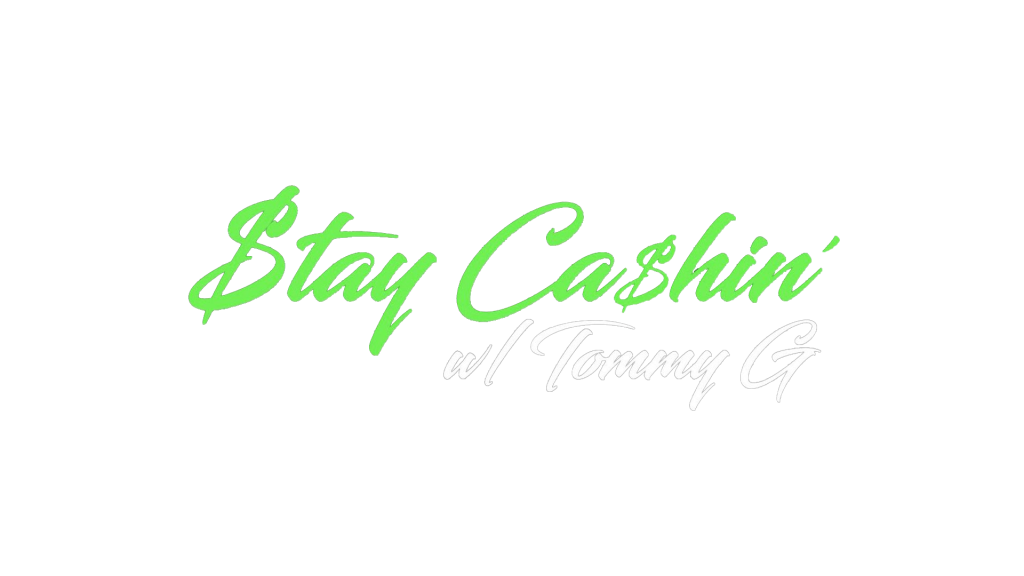The graph shows that mixed costs are typically both fixed and linear in nature. In other words, they will often have an initial cost, in Ocean Breeze’s case, the $2,000 fixed component of the occupancy tax, and a variable component, the $5 per night occupancy tax. Note that the Ocean Breeze mixed cost graph starts at an initial $2,000 for the fixed component and then increases by $5 for each night their rooms are occupied. To illustrate, assume that Butler’s Car Wash has a contract for its water supply that provides for a flat monthly meter charge of $1,000, plus $3 per thousand gallons of usage. Look closely at column B in the following spreadsheet and notice that the “variable” portion of the water cost is $3 per thousand gallons.
- Sometimes, fixed costs are expressed as a per unit cost or a per hour cost for a certain level of activity.
- The total fixed costs for the trip will be $720.00, no matter whether Pat goes alone or takes up to 4 friends.
- These classifications are generally used for long-range planning purposes.
- Table 2.6 summarizes how costs behave within their relevant ranges.
One approach to sorting out mixed costs is the high-low method. It is perhaps the simplest technique for separating a mixed cost into fixed and variable portions. However, beware that it can return an imprecise answer if the data set under analysis has a rogue data point.
Level of Activity Method
In effect, they will double the relevant range to allow for a maximum of 160 inspections per shift, assuming the second QA inspector can inspect an additional 80 units per shift. The down side to this approach is that once the new QA inspector is hired, if demand falls again, the company will be incurring fixed costs that are unnecessary. For this reason, adding salaried personnel to address why your irr and xirr are different a short-term increase in demand is not a decision most businesses make. Where Y is the total mixed cost, a is the fixed cost, b is the variable cost per unit, and x is the level of activity. These changes in variable costs per unit could be caused by circumstances beyond their control, such as a shortage of raw materials or an increase in shipping costs due to high gas prices.
It involves comparing the highest and lowest activity levels and the costs for each class. For each unit that is produced, the total cost of direct materials increases by $4. Every business is unique, and a savvy business person will be careful to understand cost structure. For a long time, the trend for many businesses was toward increased fixed costs. Some of this was the result of increased investment in robotics and technology.
For example, when a company operates at full capacity, the company needs to invest more in production lines to meet demand. Cost behavior is a crucial and practical tool for project managers or financial experts who work within a budget. Analyzing pricing, cutting costs, and managing expenses depend on understanding how prices behave and why they vary. Additionally, one should look for a relationship between activity levels and expenses. Some costs stay the same proportionately with changes in business operations.
- Rather than having a fixed staff that is either idle or overloaded at any point in time, it pays an independent support company a per-call fee.
- Some of the monthly gas bill is a flat fee charged by the utility and some of the gas bill is the cost of heating the building.
- These questions are complex to address in live human brains, so researchers have turned to animal models of brain injury, mostly rodents.
These two components of the gas bill are fixed since they will not change when the bakery produces more or less loaves of its bread. However, a third component of the gas bill is the cost of operating the ovens. This component is a variable cost since it will increase when the ovens must operate for a longer time in order to produce additional loaves of bread. The relevant range must also be considered when evaluating fixed costs. Many fixed costs are only fixed for a certain level of production. To increase production beyond a certain level, additional machinery must be deployed.
It is important not only to understand the categorization of costs but to understand the relationships between changes in activity levels and the changes in costs in total. It is worth repeating that when a cost is considered to be fixed, that cost is only fixed for the relevant range. Once the boundary of the relevant range has been reached or moved beyond, fixed costs will change and then remain fixed for the new relevant range. Let’s examine an example that demonstrates how changes in activity can affect costs.
In analyzing the costs, Pat also needs to consider the total costs and average costs. The analysis will calculate the average fixed costs, the total fixed costs, the average variable costs, and the total variable costs. As Figure 2.16 shows, the variable cost per unit (per T-shirt) does not change as the number of T-shirts produced increases or decreases. However, the variable costs change in total as the number of units produced increases or decreases. In short, total variable costs rise and fall as the level of activity (the cost driver) rises and falls. We have spent considerable time identifying and describing the various ways that businesses categorize costs.
Definition of Cost Behavior
Cost behavior refers to the relationship between total costs and activity level. Based on behavior, costs are categorized as either fixed, variable or mixed. Fixed costs are constant regardless of activity level, variable costs change proportionately with output and mixed costs are a combination of both. Not all costs can be classified as purely fixed or purely variable. Mixed costs are those that have both a fixed and variable component. To examine how these mixed costs actually work, consider the Ocean Breeze hotel.
In addition, tires wear out faster at high speeds, and brakes are more strained in city traffic. Bovids’ brains are closer in size and anatomy to that of humans (e.g., they have brain folds, while mouse brains are smooth). They also have longer lifespans than mice, allowing neurodegenerative processes to be studied over extended timescales.
Accounting Terms: U
Examples include administrative salaries, rents, and property taxes. The graphs for the fixed cost per unit and variable cost per unit look exactly opposite the total fixed costs and total variable costs graphs. Although total fixed costs are constant, the fixed cost per unit changes with the number of units.
Regression Cost Behavior Approach
Understanding cost behavior is also essential for cost-volume-benefit analysis. A Cost-Volume-Profit (CVP) analysis examines the impact of changes in cost and volume on profit. Managers must understand cost dynamics when creating annual budgets. With this knowledge, managers can proactively determine whether costs will decrease or increase as the business changes. However, it is worth noting that not all costs change with changes in business activities; for example, a company has to pay an insurance premium whether or not it is operating. We come across several cost behaviors in our day-to-day activities.
Least Square Method
Table 2.6 summarizes how costs behave within their relevant ranges. Unlike fixed costs that remain fixed in total but change on a per-unit basis, variable costs remain the same per unit, but change in total relative to the level of activity in the business. Revisiting Tony’s T-Shirts, Figure 2.16 shows how the variable cost of ink behaves as the level of activity changes. When cost behavior is discussed, an assumption must be made about operating levels.
Typically, mixed costs arise when your small business incurs a fixed flat charge plus an additional activity-based fee. Say your crochet company has a contract with a shipping company to transport its blankets. For this service, you pay a fixed cost of $75 per month plus a variable cost of $5 for every shipment you send, regardless of how many packages you submit for transport to customers. This means your crochet company incurs mixed costs for delivery of its blankets. It is important to remember that even though Tony’s costs stepped up when he exceeded his original capacity (relevant range), the behavior of the costs did not change. His fixed costs still remained fixed in total and his total variable cost rose as the number of T-shirts he produced rose.
Their wages generally support the production process but cannot be traced back to a single unit. For this reason, the production supervisors’ salary would be classified as indirect labor. However, if you are considering the supervisor’s salary cost on a per unit of production basis, then it could be considered a variable cost. The third major classification of product costs for a manufacturing business is overhead. These overhead costs are not directly attributable to a specific unit of production, but they are incurred to support the production of goods.


